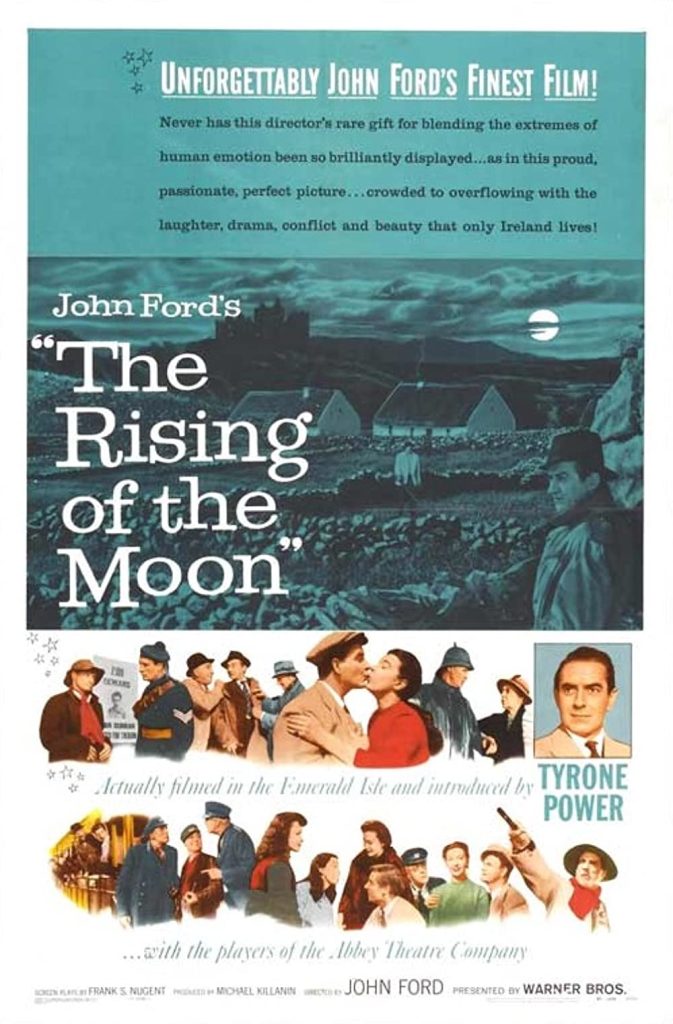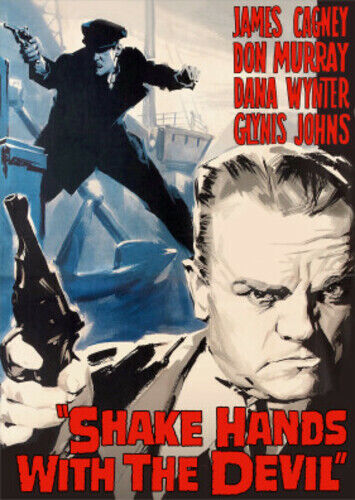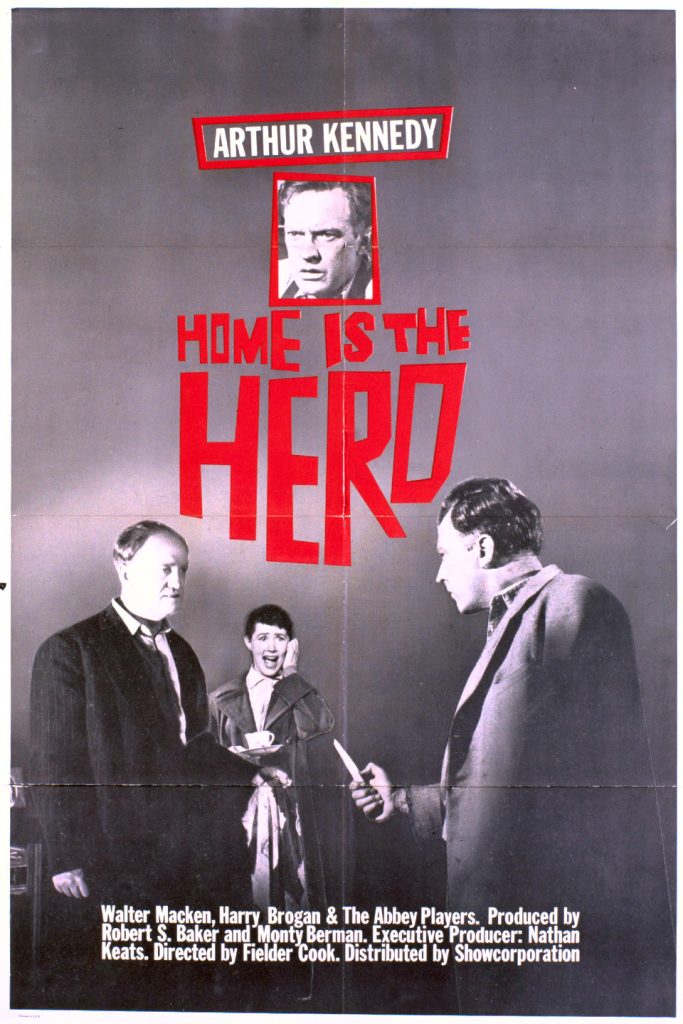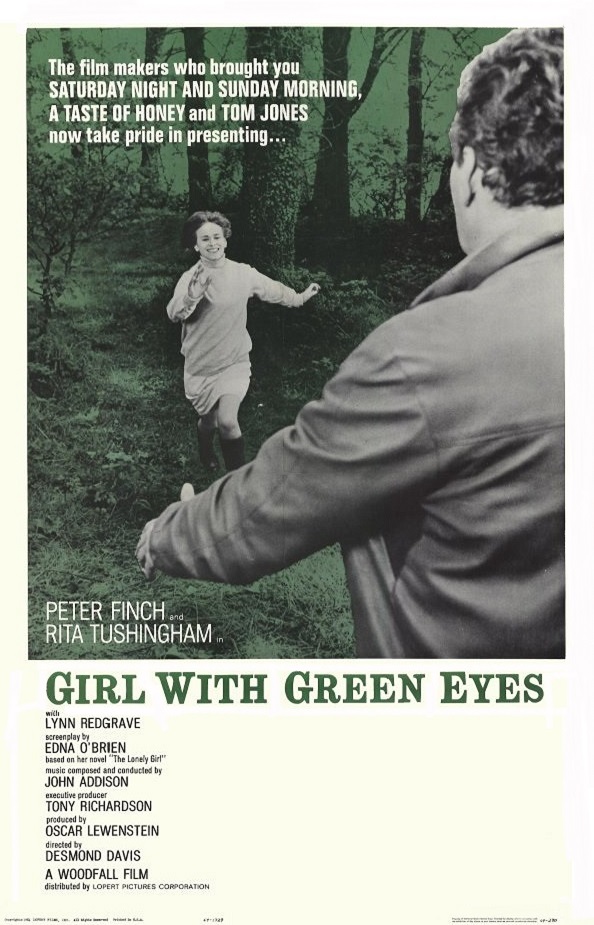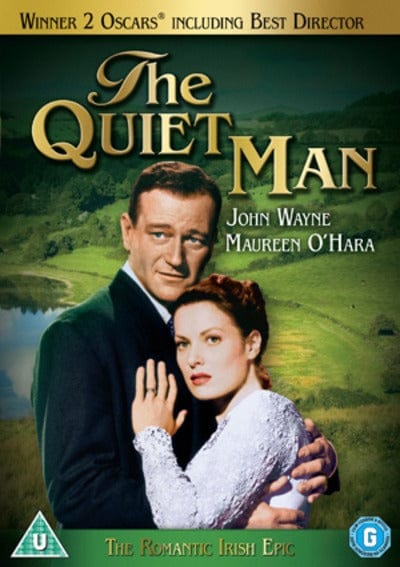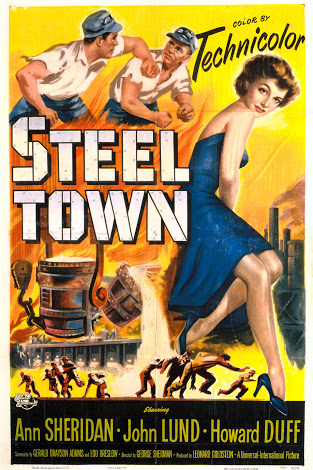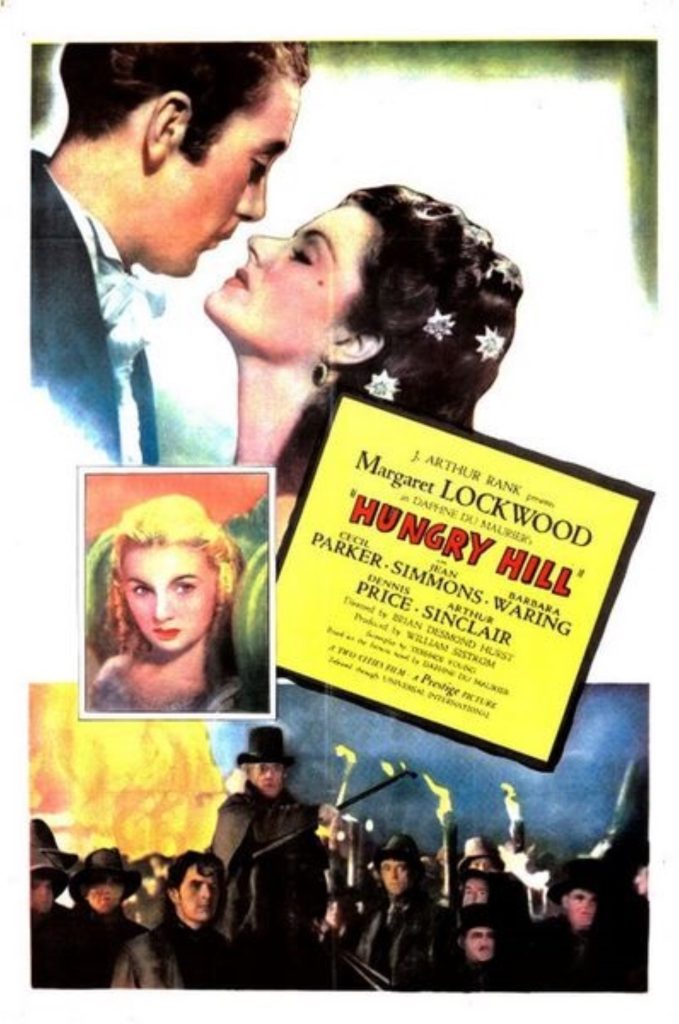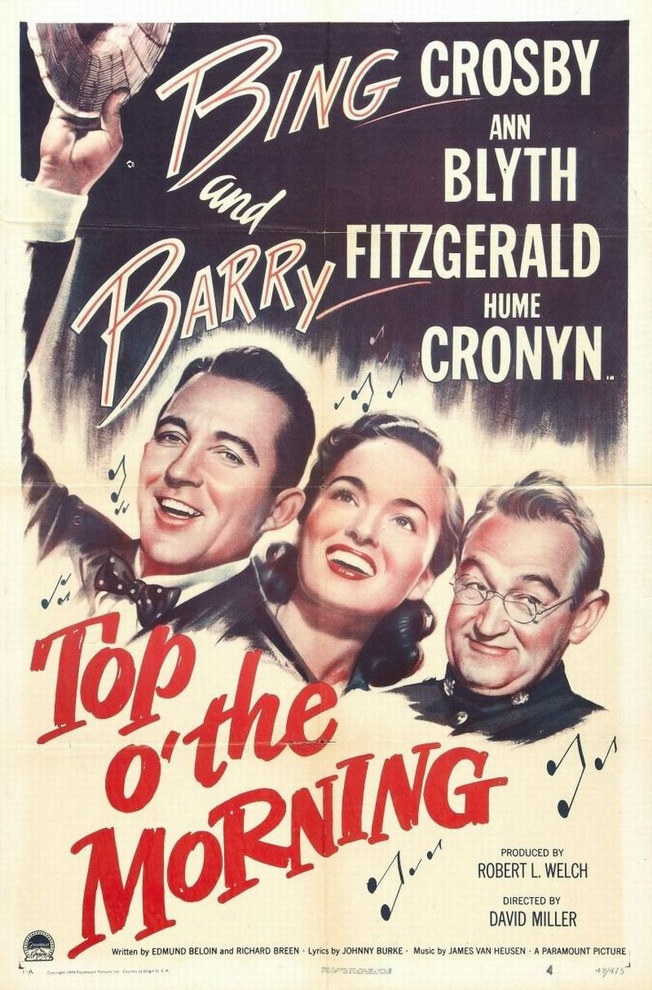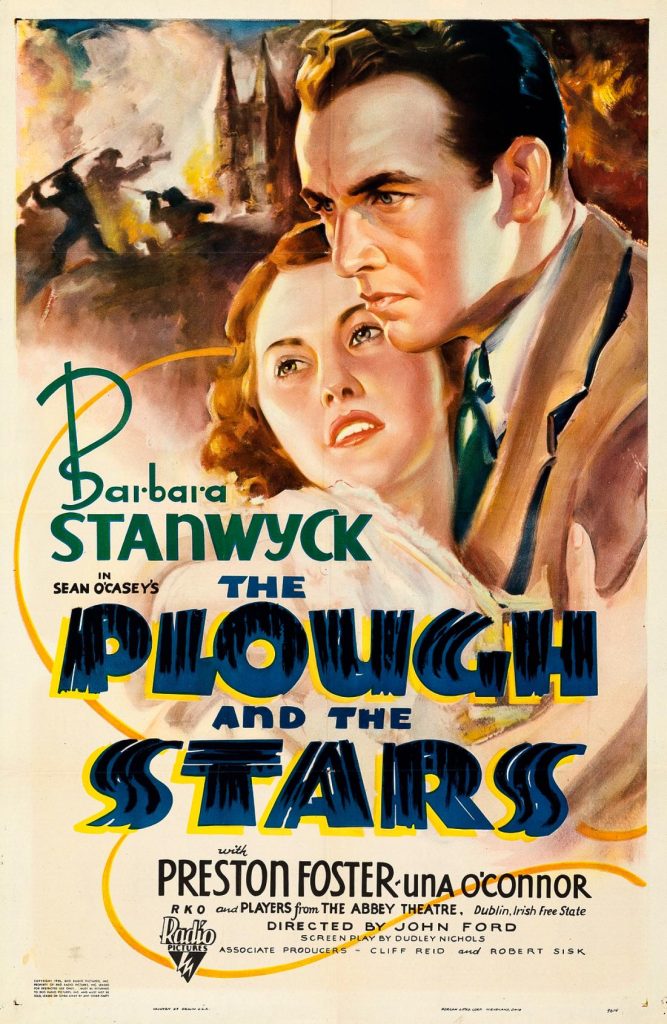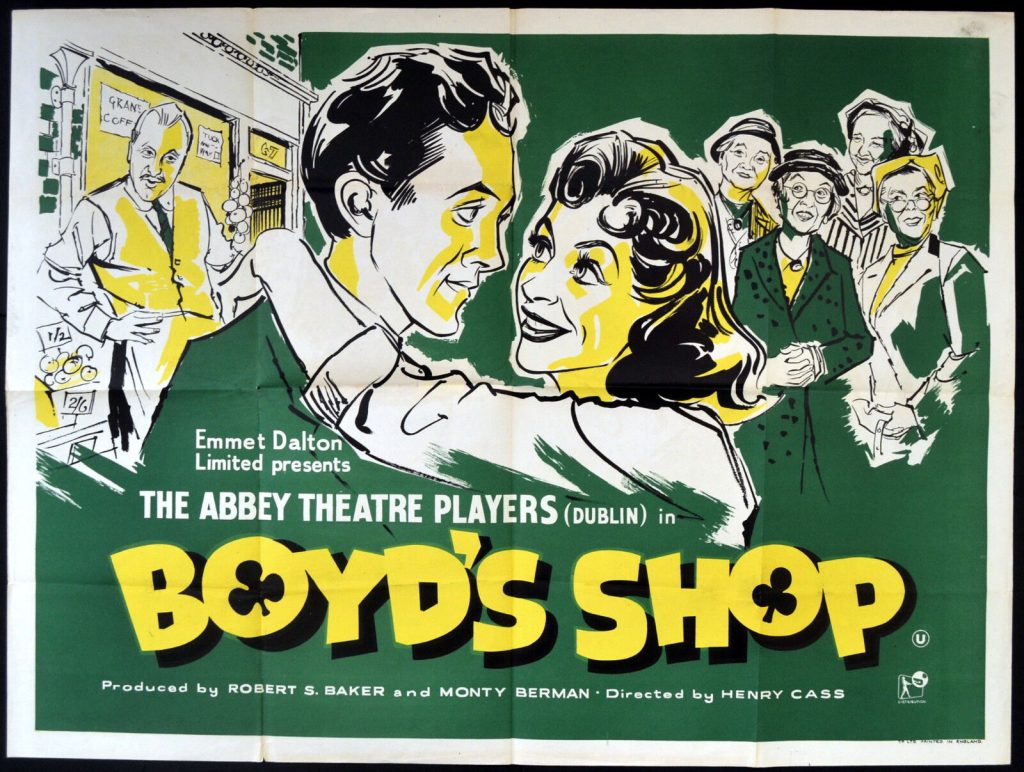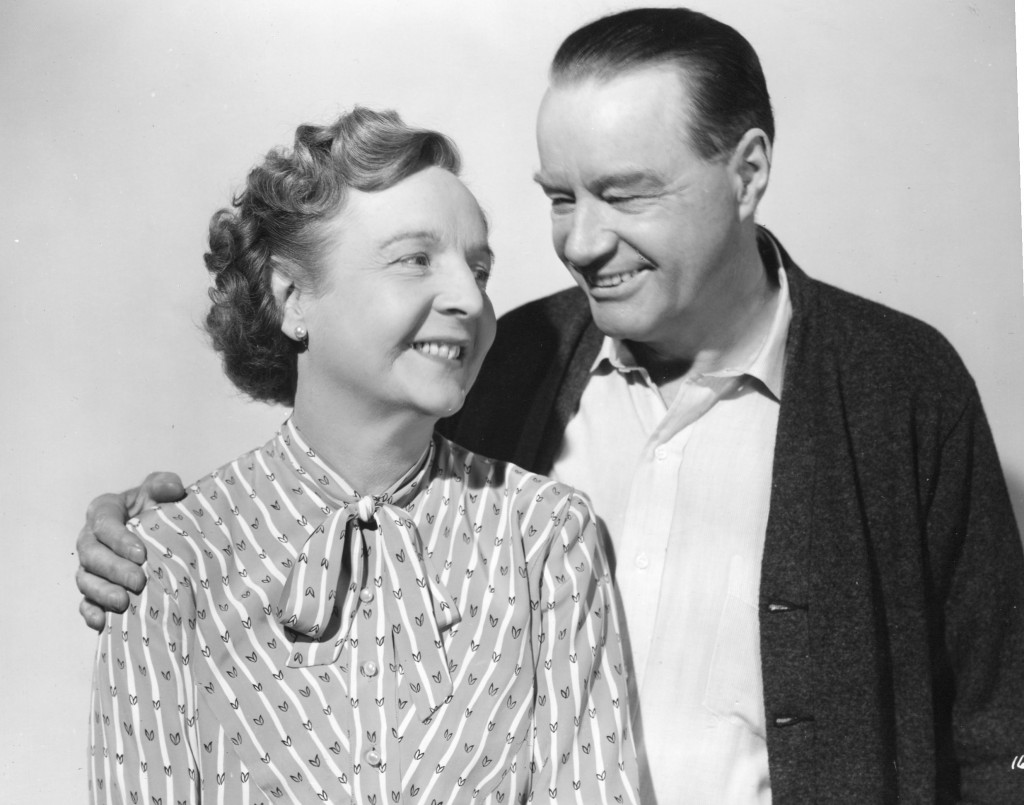
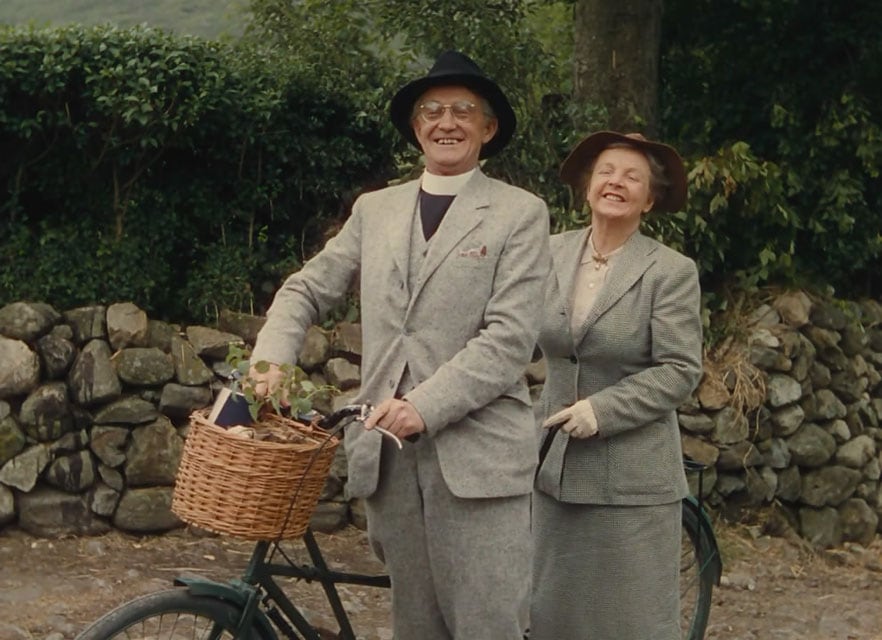
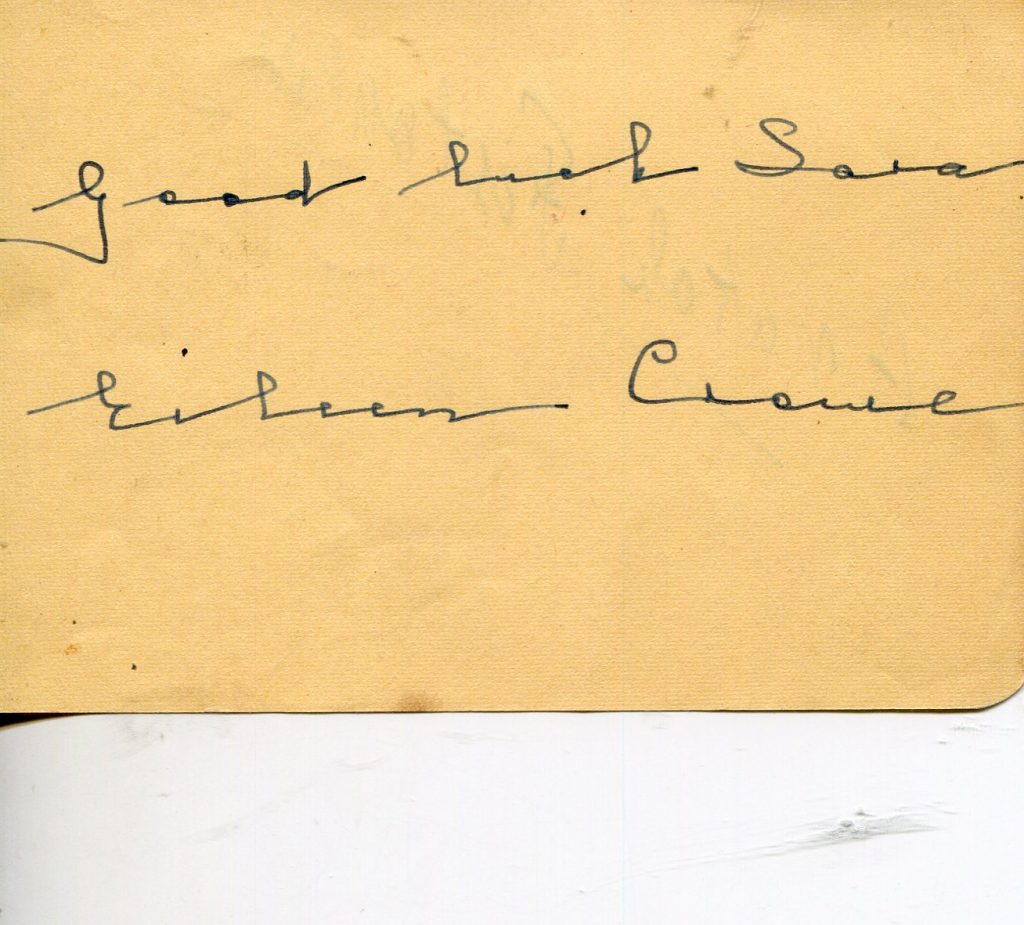
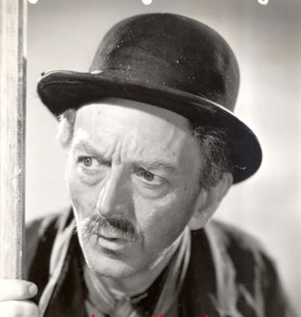
Dictionary of Irish Biography:
Crowe, Eileen (Alice Izabella) (1899–1978), actress, was born 2 March 1899 at 1 Carlingford Terrace, Drumcondra, Dublin, daughter of Moses Crowe, grocer, and Theresa Crowe (née Eglinton). From an early age she showed an interest in the theatre, and regularly attended productions in both the Gaiety and Abbey theatres. Having completed her education she joined a convent, but soon after abandoned the idea of becoming a nun, and in October 1921 she entered the Abbey School of Acting. Her entry in the school coincided with the company’s American tour, and in the absence of many key players she was presented with the opportunity to secure parts after very little training. Within six weeks she made her professional debut as the female lead in a revival of ‘The revolutionist’. She soon established herself as one of the company’s foremost actresses, and also found time to work with the experimental Dublin Drama League, which took over the Abbey’s stage on Sunday and Monday nights. In December 1921 she made the first of many appearances with the League in the title role in ‘The marriage of Columbine’. She appeared in the role of Mary Boyle in the first production of ‘Juno and the paycock’ (1924), but the following year lost the part of Mrs Gogan to her colleague May Craig (qv) in ‘The plough and the stars’ on refusing to say the lines ‘Any kid Jinny Gogan has had since was got between the borders of the Ten Commandments’. She was later acclaimed for her portrayal of Bessie Burgess in the same play. Crowe’s acting was much admired by O’Casey (qv). In 1931 she went on her first American tour with the Abbey, and toured in the US and Canada almost every year until the outbreak of war. Having made her film debut in ‘The land of her fathers’ (1925), she was among the Abbey players who travelled to Hollywood to work in John Ford‘s (qv) film version of ‘The plough and the stars’ (1936), and went on to work with Ford on ‘The quiet man’ (1952) and ‘The rising of the moon’ (1957). Other film roles include ‘Hungry hill’ (1947), ‘Top o’ the morning’ (1949), ‘The promise of Barty O’Brien’ (1951), ‘Boyd’s shop’ (1960), and ‘The. Girl with Green Eyes’ (1964). She continued to work with the Abbey in the decades that followed, and in April 1964 performed in their production of ‘Juno and the paycock’ at the Aldwych theatre, London, as part of the World Theatre Season. She made her last stage appearance in ‘Grogan and the ferret’ at the Peacock theatre on 27 May 1970. She died at her home in Upper Rathmines Road, Dublin, 8 May 1978, and was buried in Deansgrange cemetery.
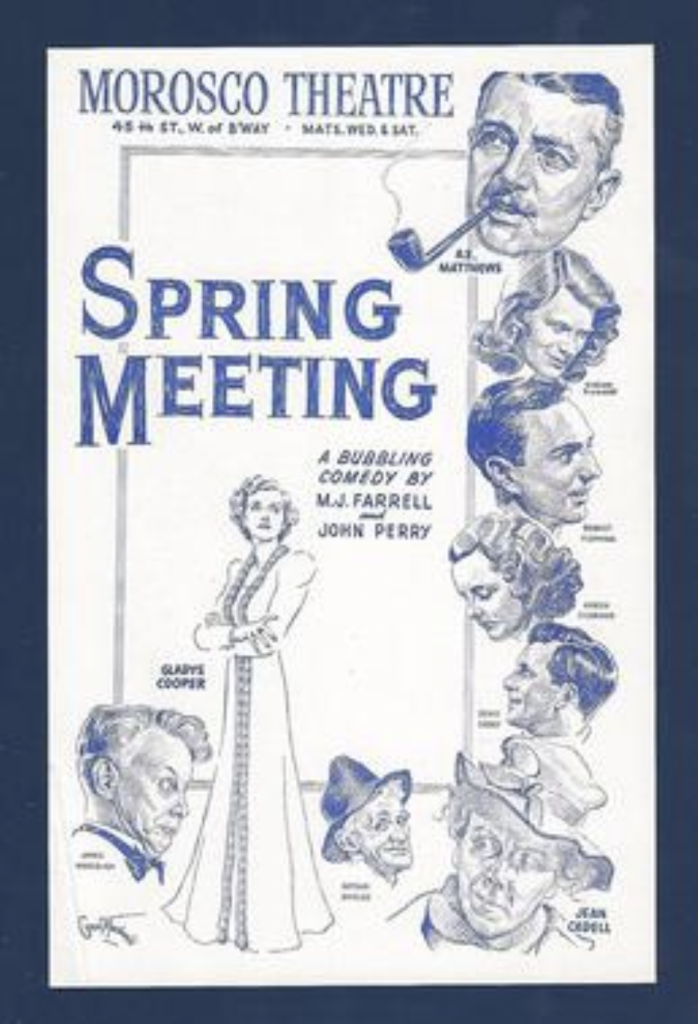
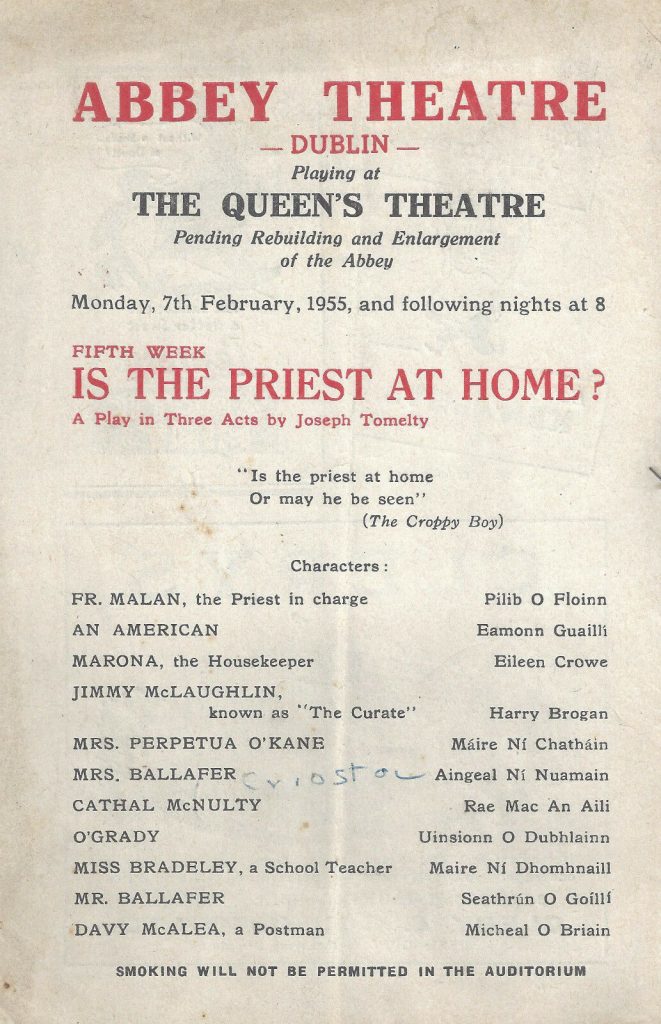
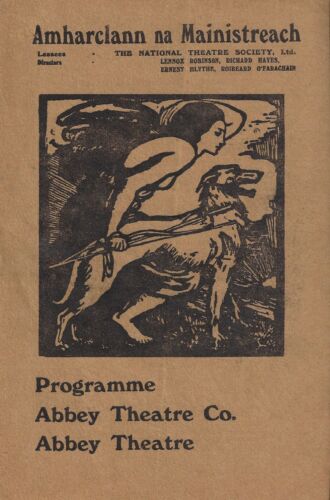
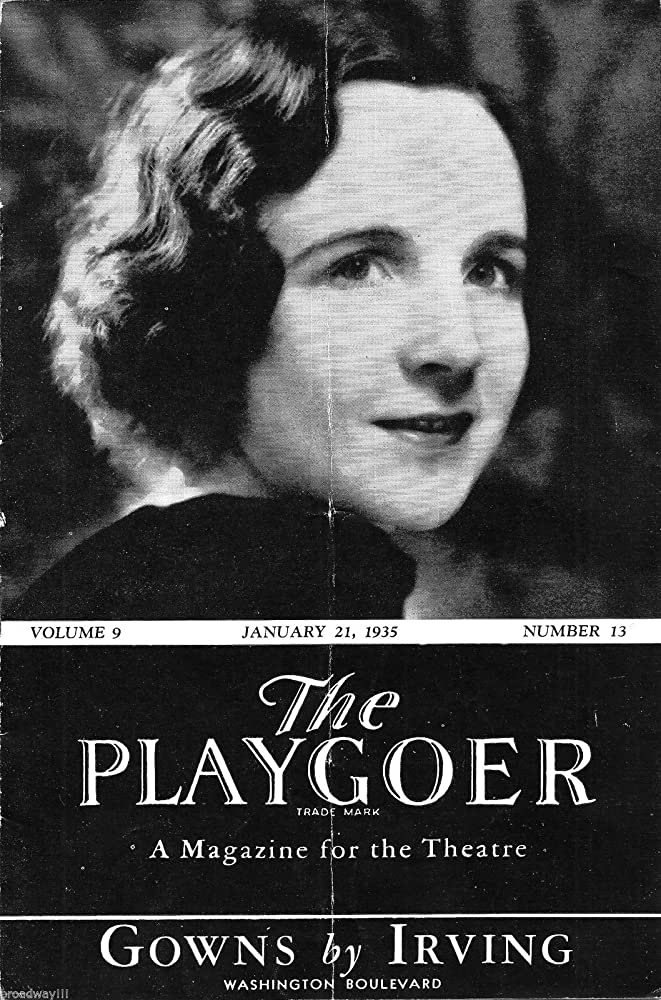
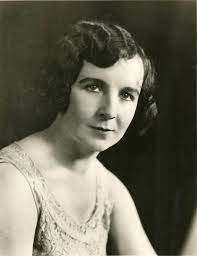
Through her association with the Abbey she met Peter Judge, known professionally as F. J. McCormick (qv); they were working together in a production of ‘The grasshopper’ at the time of their marriage (December 1925). They had one son and one daughter.
Sources
Lennox Robinson, The Abbey theatre (1955); Ir. Times, obit. 10 May 1978; B. K. Clarke and H. Ferrar, The Dublin Drama League (1979); Hugh Hunt, The Abbey: Ireland’s national theatre 1904–1979 (1979); E. H. Mikhail (ed.), The Abbey theatre: interviews and recollections(1988); Kevin Rockett, The Irish filmography (1996); GRO; private information
